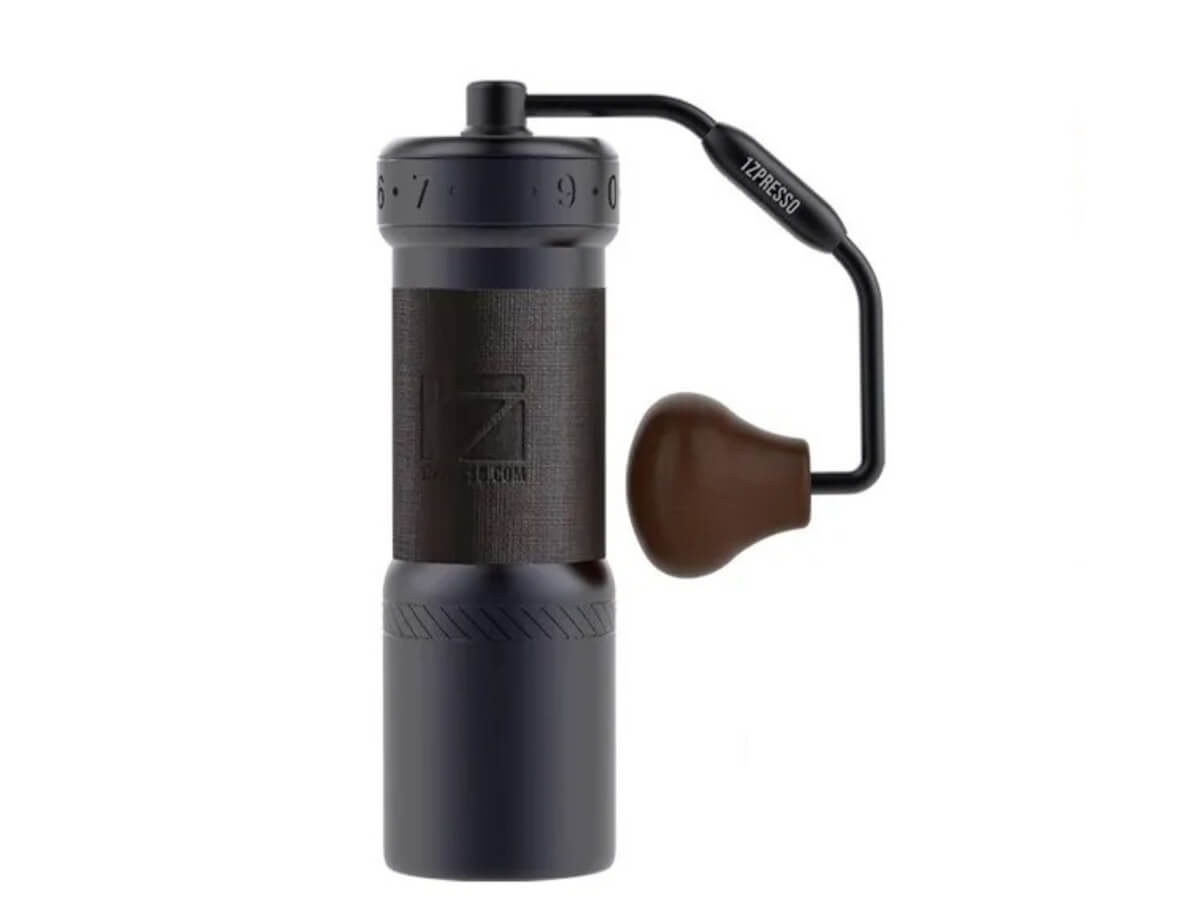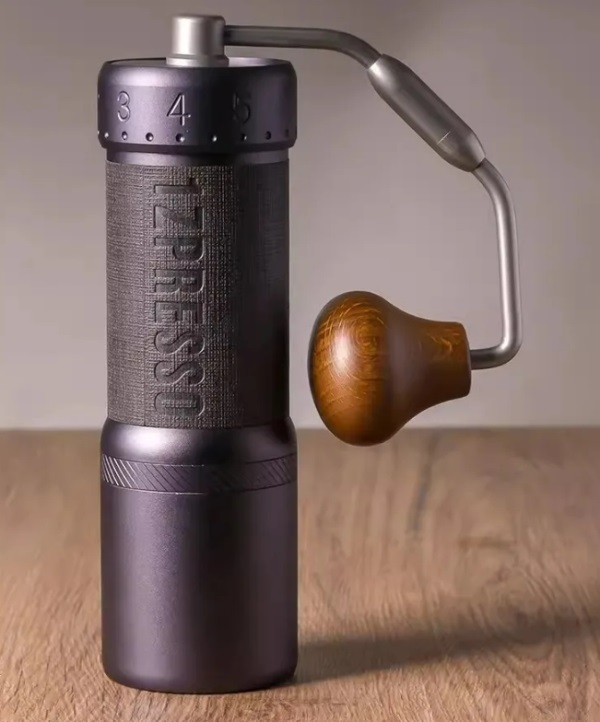Boost Your Coffee Experience with 1Zpresso J-Ultra: A Barista's Dream
Boost Your Coffee Experience with 1Zpresso J-Ultra: A Barista's Dream
Blog Article
Master the Art of Grinding Coffee Beans: A Guide to Coffee Grinders
For coffee enthusiasts, the process of grinding coffee beans is greater than simply a regular job; it is an art form that can significantly influence the taste and top quality of the last mixture. Coffee grinders play an essential role in this delicate procedure, yet mastering their use entails greater than simply pushing a switch. Understanding the nuances of various grinder kinds, choosing the appropriate grind size, and employing the right techniques are crucial actions towards achieving that perfect cup of coffee. However, the journey in the direction of ending up being a coffee grinding master doesn't end there. As we explore the complexities of this craft, we will discover upkeep keys, troubleshooting suggestions, and extra, all focused on boosting your coffee experience to brand-new elevations.
Sorts Of Coffee Grinders
There are three primary types of coffee mills frequently made use of by coffee lovers: blade grinders, burr grinders, and manual mills. Blade mills are the many basic type, using a straightforward blade to cut the coffee beans. While they are affordable and very easy to use, they typically result in unequal coffee grounds due to irregular grinding.
Hands-on grinders, as the name recommends, need hands-on effort to grind the coffee beans. They are usually preferred by those who appreciate the process of hand brewing coffee or for those that value mobility. Hand-operated mills can differ in design, from simple handheld designs to more intricate kitchen counter versions. While they may require more initiative, hand-operated mills provide control over the grinding process, allowing users to readjust the grind size to their preference. Each sort of coffee mill has its advantages and perfect use situations, dealing with the diverse preferences of coffee enthusiasts.

Picking the Right Work Dimension
With an understanding of the different kinds of coffee grinders, the following essential action in accomplishing the perfect mug of coffee is choosing the right grind size. The work dimension plays a significant role in establishing the flavor account of your coffee (1Zpresso J-Max). Various brewing techniques need certain grind sizes to enhance the removal of tastes from the coffee grounds
For a coarse work, suitable for French press and chilly mixture methods, the coffee beans need to look like breadcrumbs, supplying a robust and strong flavor. Medium-coarse grinds, suitable for Chemex or Clever Dripper, have a structure similar to rugged sand, supplying a balanced preference.
Tool grinds, typically check out here utilized in drip coffee machine, have a consistency looking like normal sand, leading to a well-rounded taste. Fine grinds, best for espresso devices, are akin to common salt, generating an abundant and extreme read here preference. Finally, extra-fine grinds, utilized in Turkish coffee, are as fine as powdered sugar and produce a strong and powerful brew.
Grinding Methods for Optimum Flavor
To draw out the fullest capacity of taste from your coffee beans, understanding proper grinding methods is crucial. Consistency is essential when it comes to grinding coffee beans for optimal taste. By paying attention to these grinding methods, you can raise the taste account of your coffee and appreciate a more gratifying mug every time.
Upkeep and Cleansing Tips

Along with regular cleaning, it is crucial to examine your mill for any kind of signs of wear or damages. Check the blades, burrs, and various other components for any kind of dullness or breakdowns. Replace any kind of worn-out components promptly to preserve the quality of your coffee work. Shop your mill in a dry and clean setting to avoid any kind of dampness or dust from influencing its performance. By complying with these upkeep and cleansing suggestions, you can make certain that your coffee grinder remains to supply delicious newly ground coffee for years to find.
Troubleshooting Common Grinder Issues


Ensuring your coffee grinder functions smoothly requires adept troubleshooting of common concerns that might occur during its use. One common problem with coffee mills is irregular work size. This problem can occur due to boring blades, incorrect calibration, or unequal coffee beans. To address this, ensure your mill's blades are sharp and effectively straightened, adjust the mill according to the wanted work size, and shake the mill delicately while being used to assist achieve a more uniform work.
An additional constant problem is grinder clogging. This can take place when oils from the coffee beans develop up and block the mill's chute. To fix this, disassemble the mill and tidy all parts extensively, paying special attention to the chute and burrs. In addition, be mindful of overfilling the receptacle to avoid clogs.
Finally, if your grinder is producing excessive noise throughout operation, it can show a trouble with the motor or internal elements. In such situations, it is suggested to get in touch with the manufacturer's instructions for troubleshooting actions or look for specialist help to detect and correct the issue quickly.
Verdict
Finally, grasping the art of grinding coffee beans includes recognizing the various sorts of coffee mills, selecting the ideal work dimension, using appropriate grinding techniques for ideal flavor, and maintaining and cleaning the mill regularly. By following these standards and fixing common grinder concerns, coffee enthusiasts can boost their coffee developing experience and delight in a tasty mug of coffee each time.
Report this page